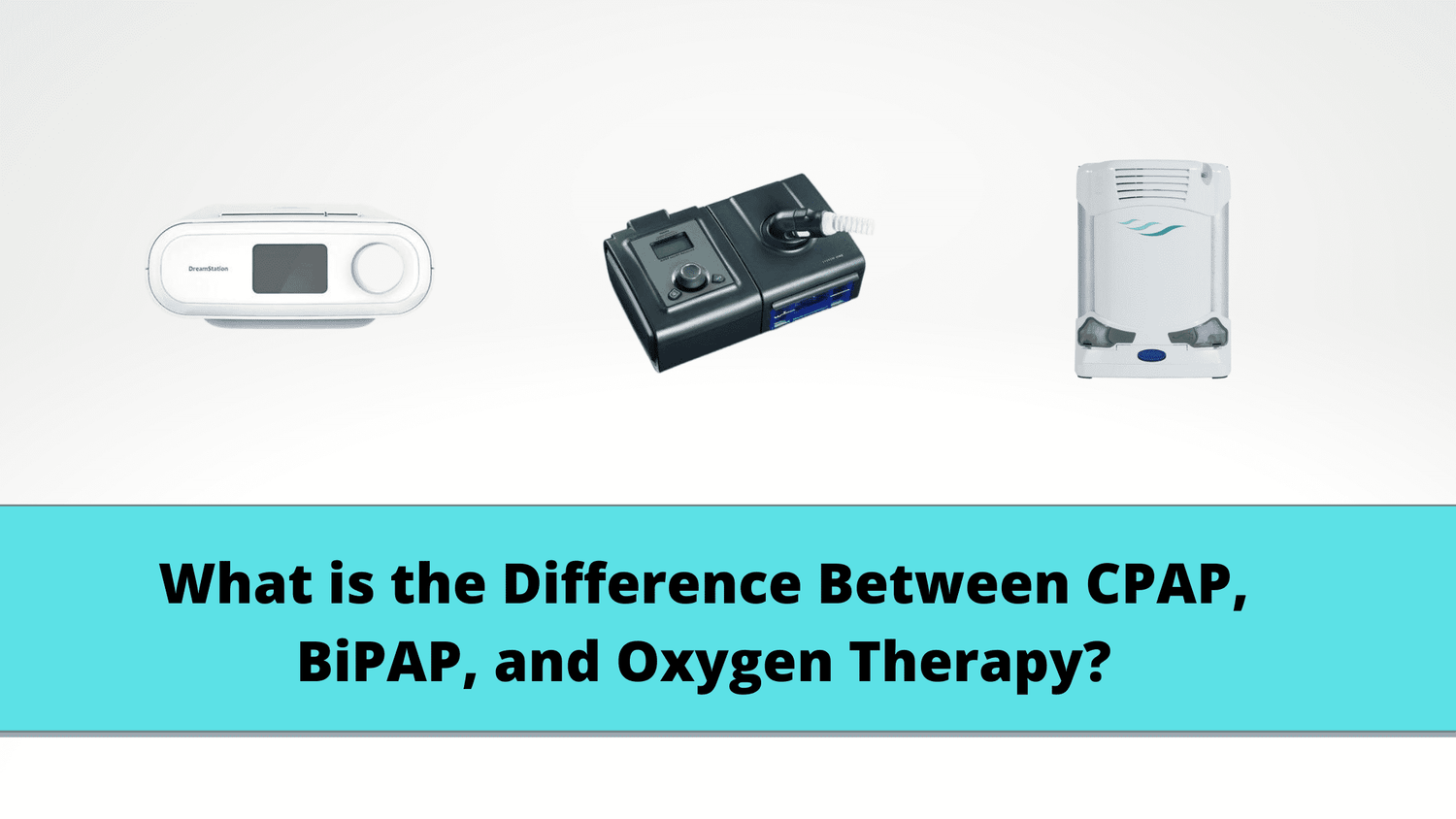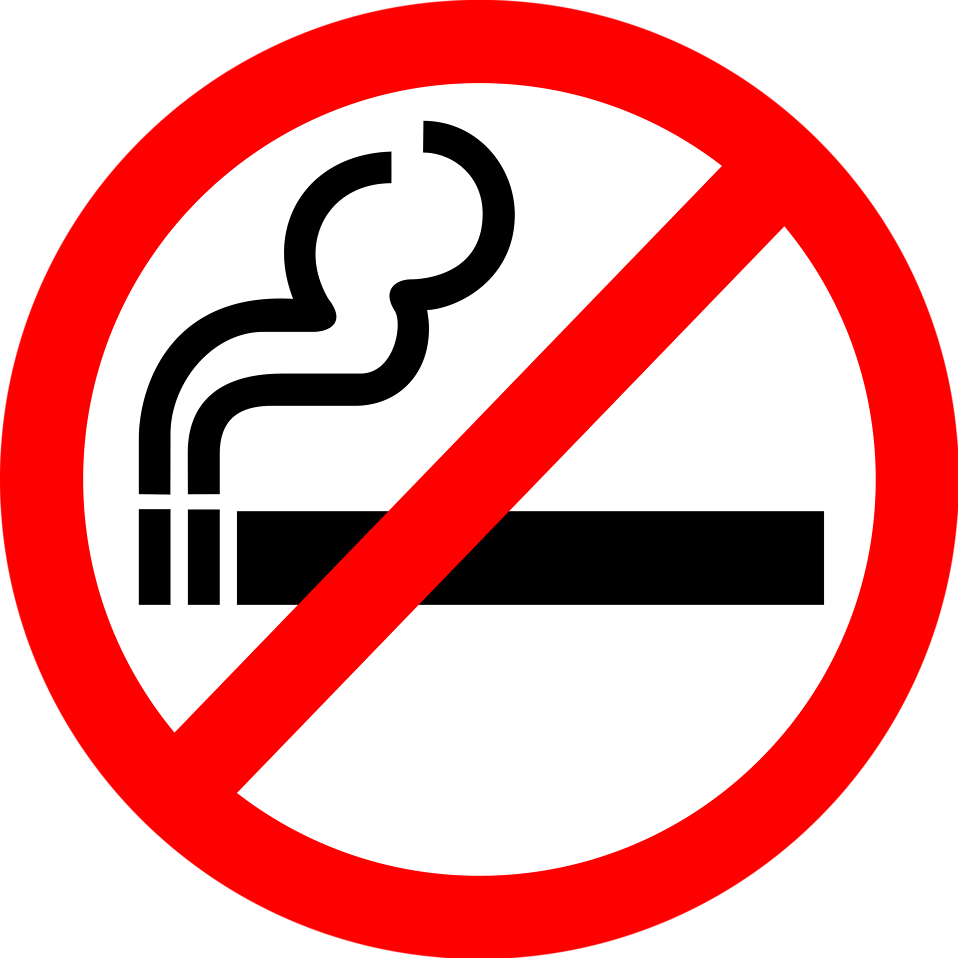Respiratory Resource Center - LPT Medical
What is the Difference Between CPAP, BiPAP, and Oxygen Therapy?
Around 70 million people in the United States suffer...
Read More7 Common COPD Complications and How To Prevent Them
Even though COPD is a chronic respiratory disease, its...
Read More11 Ways You Can Get COPD if You've Never Smoked
COPD is a disease usually associated with smokers, which...
Read More


